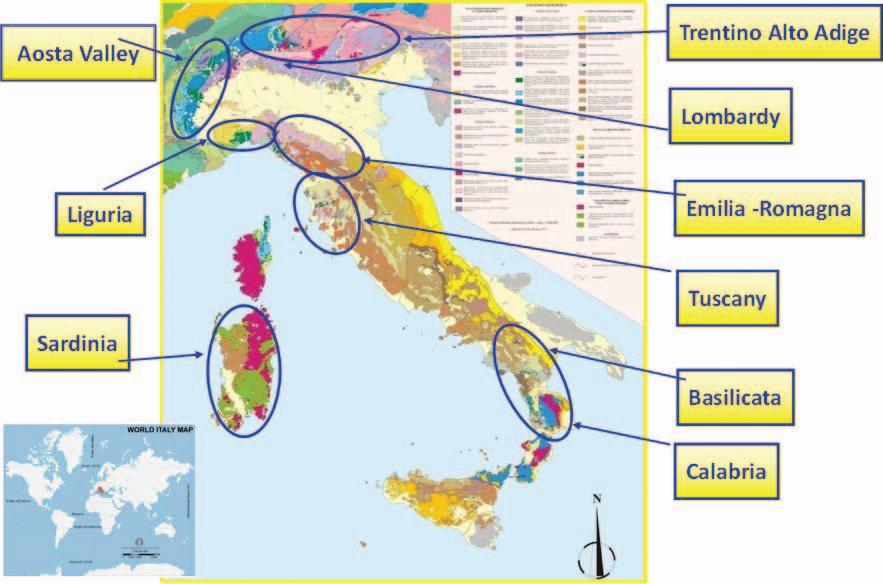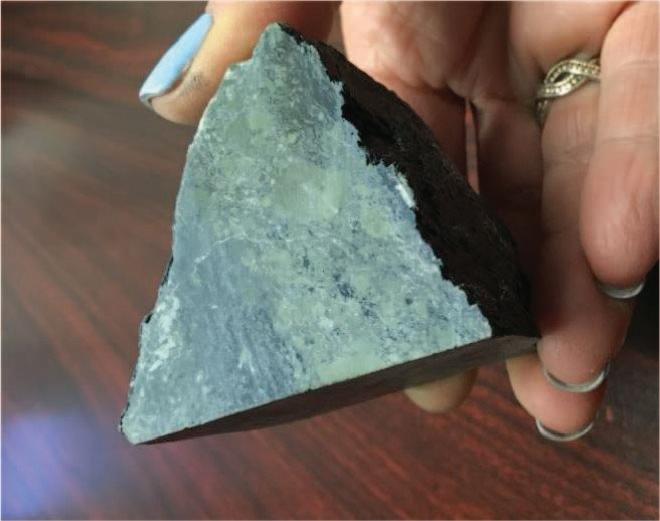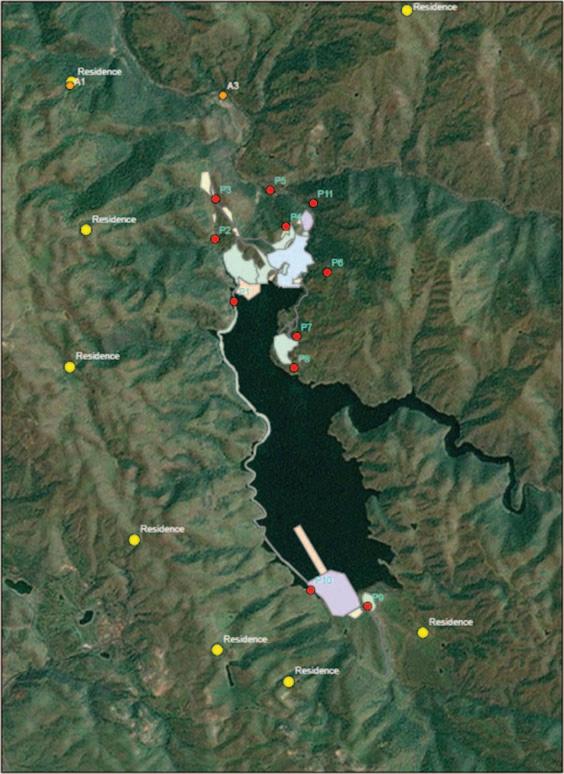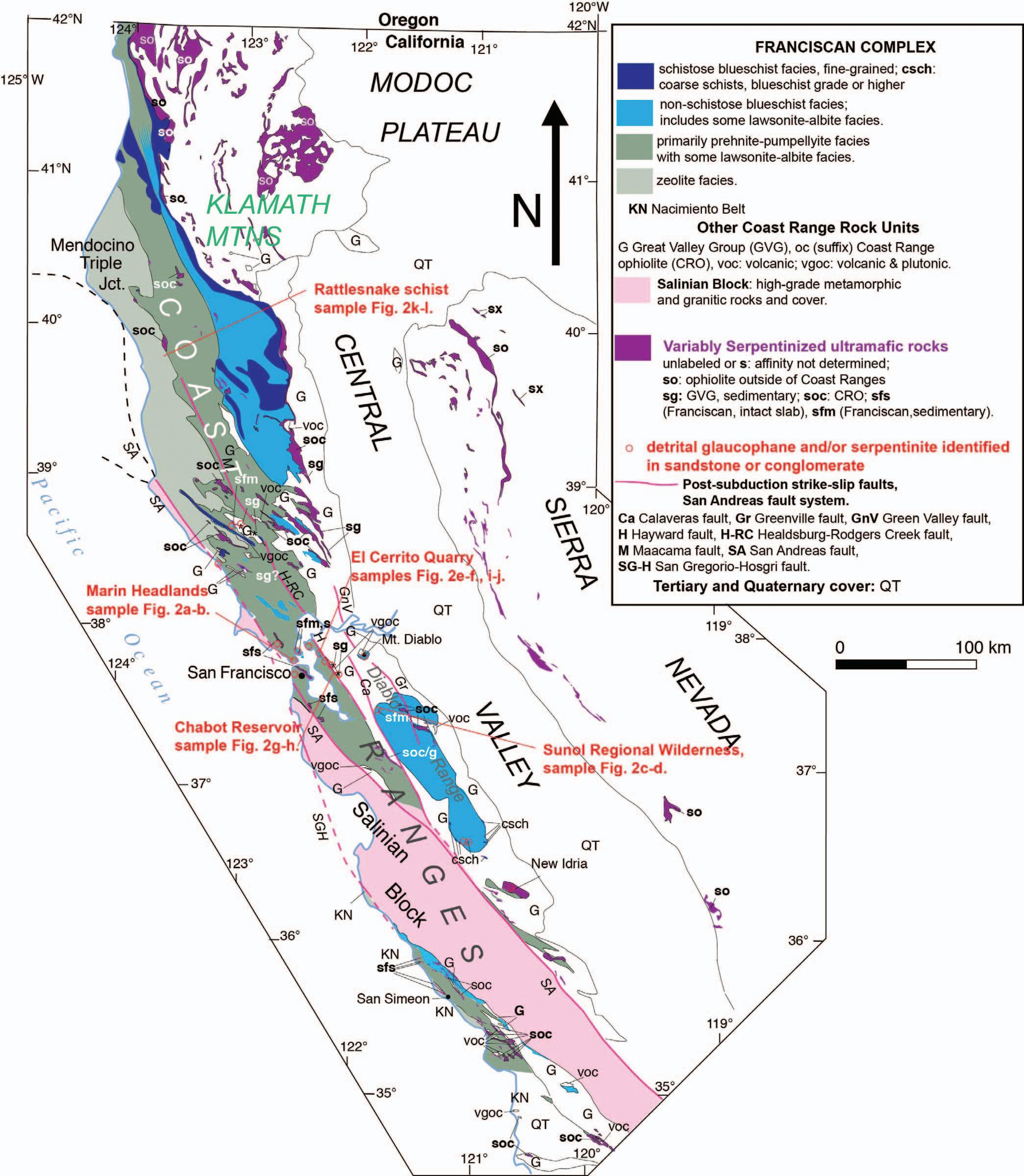New Tools for the Evaluation of Asbestos-Related Risk during Excavation in an NOA-Rich Geological Setting FRANCESCO TURCI* Department of Chemistry and “G. Scansetti” Interdepartmental Center for Studies on Asbestos and Other Toxic Particulates, University of Torino, Via Pietro Giuria, 7, 10125 Torino, Italy
CHIARA AVATANEO SERENA BOTTA IGOR MARCELLI Geological Risk Analysis Gi-RES Srl, Via Gottardo 223, 10154 Torino, Italy
LUCA BARALE National Research Council of Italy, Institute of Geosciences and Earth Resources, Via Valperga Caluso, 35, 10125 Torino, Italy
MAURA TOMATIS Department of Chemistry and “G. Scansetti” Interdepartmental Center for Studies on Asbestos and other Toxic Particulates, University of Torino, Via Pietro Giuria, 7, 10125 Torino, Italy
ROBERTO COSSIO Department of Earth Sciences and “G. Scansetti” Interdepartmental Center for Studies on Asbestos and Other Toxic Particulates, University of Torino, Via Valperga Caluso, 35, 10125 Torino, Italy
SERGIO TALLONE FABRIZIO PIANA National Research Council of Italy, Institute of Geosciences and Earth Resources, Via Valperga Caluso, 35, 10125 Torino, Italy
ROBERTO COMPAGNONI Department of Earth Sciences and “G. Scansetti” Interdepartmental Center for Studies on Asbestos and Other Toxic Particulates, University of Torino, Via Valperga Caluso, 35, 10125 Torino, Italy
Key Terms: Naturally Occurring Asbestos, Asbestos Analysis, Rock Tunneling, Sampling, SEM-EDS, Ligurian Alps, Asbestos ABSTRACT The presence of naturally occurring asbestos (NOA) in many areas worldwide requires an enhanced geological risk evaluation to ensure workplace safety from asbestos during large construction projects. Due to the complexity of the geological risk definition, health and safety regulations for working with asbestos-bearing
*Corresponding author email: francesco.turci@unito.it
materials are often not enforceable in NOA settings. Therefore, to correctly estimate the risk of NOA in these scenarios, new procedures are urgently needed to provide (1) a detailed geological model representative of the possible presence of the asbestos, (2) representative sampling, and (3) a reliable quantitative determination of asbestos content in rocks. This work aims to discuss the improvements on the two latter points specifically developed during the design of the “Gronda di Genova” project, a 50-km-long tunnel bypass partially designed in the NOA-bearing meta-ophiolites of the Ligurian Alps and ophiolites of the northern Apennines in Italy. Implementation of Gy’s theory on sampling was used to maintain statistical validity during sample processing from the primary sample to the analytical
Environmental & Engineering Geoscience, Vol. XXVI, No. 1, February 2020, pp. 113–120
113





















